In the Royal Palace of Brussels — in the heart of Europe — there’s a statue of a man riding a horse. Giving off an arrogant air, he has a bushy beard and wears a military uniform. This is Leopold II: the Belgian king who ruled the present-day Democratic Republic of the Congo (DRC). He treated the land as his personal fiefdom in the late-19th and early-20th centuries. Under his rule — which spanned more than two decades — between 10 and 15 million people perished, while the colonial masters grew rich, first from ivory and then from rubber, which was used to make the tires for the first automobiles that would hit the streets of the Old Continent.
The Congo’s nightmare would continue when mineral wealth was discovered. The land is filled with cobalt and coltan, currently making up 75% and 80% of the planet’s reserves respectively. Iron, nickel, manganese, germanium, gold, silver, lithium and other metals are also found in the former colony. Over the past 100 years, the world’s great powers — Russia, France, China and the United States — have competed to control the Congo’s resources.
The dispute continues. The most powerful economies across the planet are searching for critical minerals that will fuel the desire for a life that is highly-digitized, less polluted and safer. Semiconductors and renewable technologies contain these elements, as do instruments of war, such as drones.
In this context, the U.S. has reactivated its imperialist agenda — along with its tariffs — and is talking about a possible annexation of Canada and Greenland. This week, it signed an agreement with Ukraine in order to secure strategic mineral resources. Russia also covets the elements found under the Ukrainian soil.
The same pattern is repeating itself in the Congo. The country is seeking to trade minerals, while trying to stem the fall in the price of cobalt, which has plummeted to historic lows due to an oversupply. This has led the DRC to impose export restrictions, in an attempt to stabilize the global market.
Congolese President Félix Tshisekedi has offered mining opportunities to the U.S. Sovereign Wealth Fund, in exchange for helping his country defeat the rebel forces of the M23 (Mouvement du 23-Mars). This armed group — backed by Rwanda — also seeks to control mineral resources.
“Our partnership would provide the U.S. with a strategic advantage by securing critical minerals such as cobalt, lithium, copper and tantalum from the Democratic Republic of Congo,” Tshisekedi stated, in a letter to the Trump administration. The Congolese president’s spokeswoman added: “It is in both our interests that American companies — like Apple and Tesla — buy minerals direct from sources in the DRC and unlock the engine of our mineral wealth for the benefit of all the world.”
Multinationals
On Wednesday, the United States and Ukraine finalized a agreement granting U.S. companies significant access to Ukraine’s critical mineral resources — including rare earth elements, oil, and gas.
Meanwhile, the U.S. is considering the Congolese offer. The situation is complex. The Democratic Republic of Congo has a long history with China, which has been responsible for providing that country — as well as many other nation states on the continent — with financial support. This funding has allowed for the construction of infrastructure that benefits the extraction and processing of critical minerals — especially cobalt — that are used by companies such as Samsung, Apple, Huawei, Microsoft, Google, Dell, Sony, Tesla, Ford, General Motors, BMW, Volkswagen, Daimler-Chrysler and many other firms in the automotive and technology sectors.
Beijing has disbursed more than $12.8 billion to the DRC, in the form of loans from official institutions. These monies supported the extraction and processing of critical minerals between 2000 and 2021, according to figures from the consulting firm AidData. The sum is equivalent to nearly a quarter of the African nation’s GDP.
The Asian giant isn’t willing to be left behind. It’s already making its move.
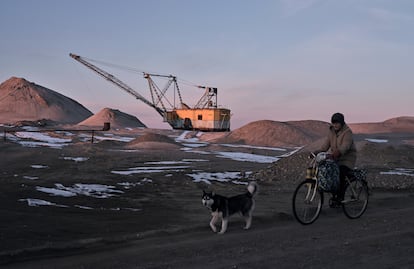
China has always maintained a policy of non-interference in African conflicts to protect its investments, avoiding direct criticism of the region’s governments. But in the face of growing instability in the Congo, along with the U.S. advance, Beijing has taken a firmer stance. For the first time, Beijing has directly urged the Rwandan government to withdraw its military support for the M23 rebels.
The Old Continent has also taken sides. The European Union has imposed sanctions on Rwandan officials linked to the illicit extraction of natural resources. This has led the Paul Kagame administration — with which the EU signed a memorandum of understanding on essential raw materials in 2024 — to sever relations with the EU. Rwanda is on edge due to the escalating conflict.
“Europe, like the U.S., wants to secure the supply of critical minerals for the energy transition,” explains Adam Megginson, an analyst at Benchmark Mineral Intelligence. Last year, the EU — through the European Bank for Reconstruction and Development (EBRD), under the umbrella of InvestEU — launched a mechanism to make equity investments of over $100 million in operations in different EU member states. Between 2021 and 2024, investments have also been made in other nations that have signed association agreements, including Canada, Ukraine, Kazakhstan, Namibia, Argentina, Chile, Zambia, Greenland, Australia, Rwanda, Norway and Uzbekistan.
In addition to these, there are 47 strategic projects that have been selected by Brussels for initiatives within the mineral sector, ranging from extraction, processing and recycling. By 2030 at the latest, these projects would respectively cover 10%, 40% and 25% of EU demand in these three stages of production.
“When we talk about the energy transition, we’re mainly referring to the use of these minerals in batteries, especially lithium-ion batteries,” says Megginson.
Batteries are used in electric vehicles, cellphones, laptops, war drones and other military devices. They’re also utilized in renewable energy storage systems — such as wind turbines and solar panels — that are driving the hunger for minerals. It’s estimated that demand for lithium-ion batteries will have grown fourfold by 2040, according to Benchmark Mineral Intelligence.
Plug-in car batteries, for example, require an average of nearly 460 pounds of critical minerals per unit, or six times the amount needed for a conventional car, according to Goldman Sachs. The investment bank uses figures from the International Energy Agency (IEA) to make this calculation.
Transportation will be the largest driver of demand for critical minerals. Lithium needs are expected to increase almost ninefold by 2040, while demand for copper and nickel will double. Demand for graphite will quadruple and — according to the IEA — demand for rare earth elements (REEs) could increase by up to sevenfold.
Most of these materials pass through China, which has a long track record as a producer and refiner of critical minerals. REEs — where the Asian giant has a 60% global market share in production and controls almost 90% of refining — were first discovered in the country in 1927. Today, they’re known to exist in more than half of its territory: they’ve been found in 21 Chinese provinces and autonomous regions. Thanks to a decades-long investment strategy and industrial policy — backed by cheaper labor and more flexible environmental and labor regulations than in many other countries — Beijing has developed a powerful industry with a dominant position. Sixty-eight percent of the world’s cobalt, 65% of its nickel and 60% of the grade of lithium needed for electric vehicle batteries are also refined in China.
Goldman Sachs estimates that 65% of battery components, 71% of rechargeable battery cells and 57% of the world’s electric vehicles bear Beijing’s brand. “China has accumulated strategic advantages over the past few decades and is adopting an increasingly protectionist stance to maintain its leadership,” emphasizes Sam Adham, the head of Battery Materials, Economics and Sustainability at CRU, a consulting firm specializing in raw materials.
The risks of a single country having control over the sector are significant. “If China decided to ban the export of critical minerals, it would weaken the military and industrial capabilities of the U.S. and other countries,” warns William Adams, the head of Base Metals Market Insights at Fastmarkets.
For example, this expert adds, if Beijing invaded Taiwan and the West intervened, Chinese President Xi Jinping could threaten to ban the export of critical minerals. “This underscores the danger of over-reliance on a single country for these resources, especially when there are pre-existing geopolitical tensions, as seen in Europe with its dependence on Russian gas,” he says.
Graphite is the most vulnerable material in the event of a conflict. This mineral is essential for making batteries. Without it, devices would have reduced energy storage capacity, shorter durability and longer charging times. China dominates all forms of graphite on the market: from natural (with an 86% production share), to purified (96%) and synthetic (80%), according to Benchmark figures. Europe extracts less than 0.1% of the graphite it consumes.
Trade war
Adams explains that lithium and cobalt have a more diversified extraction base. However, between 70% and 80% of the processing of these two minerals still takes place in China, even though their extraction is done in other countries. The U.S. relies on China for 100% of its supplies of 15 critical minerals and more than 50% of another 29. It’s not self-sufficient in any of the 50 elements that are considered strategic.
For this reason, the Trump administration has for now excluded them from its tariffs on China. Still, the U.S. market is expected to have a significant impact on the electric vehicle industry, given Trump’s auto tariffs.
The U.S. purchases nearly 40% of all its plug-in vehicles from Mexico, followed by Japan, South Korea, Germany and Sweden. China, for its part, hasn’t backed down in this trade war. In response to the reciprocal tariffs, Beijing announced controls on the export of seven types of REEs (out of a total of 17): samarium (used in optical lasers and powerful magnets); gadolinium (a contrast agent for MRI scans); terbium (used in display devices); dysprosium (used in wind turbines and electric vehicles); lutetium (used in oil refineries); scandium (in the aerospace industry) and yttrium (essential in radar technology). This is according to a report published by Bloomberg.
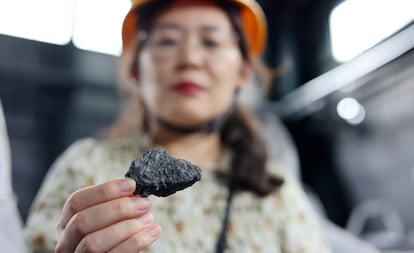
Europe is also dependent on foreign resources: it imports 79% of its lithium from Chile and 100% of its heavy rare earth supply from Beijing. Until recently, the EU and the U.S. worked together to counter Chinese hegemony.
Since 2022, the bloc and the U.S. have been working with 13 other countries on a project called the Minerals Security Partnership (MSP): a group of developed nations (with the exception of India) dedicated to securing the supply of various critical minerals. The initiative sought to strengthen production chains. By September 2024, it had already supported some 30 projects across Africa, Latin America and Asia. But the Trump administration has opted for a more unilateral approach.
“It views critical materials as simultaneously a matter of national security, an energy and climate policy, as well as an economic opportunity,” explains Jack Bedder, founder and director of Project Blue, a British consulting firm.
To this end, Trump recently signed an executive order aimed at immediately increasing U.S. production of critical minerals, such as uranium, copper, potash and gold. He invoked the Defense Production Act (DPA) to expand leasing and development on federal lands. The order also requests the heads of the Departments of the Interior, Defense, Agriculture and Energy to identify as many locations as possible where private mining production plants can be built and operated.
“Critical minerals were also prioritized under the previous administration, but the Trump administration has certainly elevated their importance,” says Scott M. Moore, director of China Programs and Strategic Initiatives at the University of Pennsylvania. “I see this relevance as a reflection of a more tense and uncertain international environment, where the security of key resources — including food, water, energy and minerals — is a growing concern.”
In his book Material World (2023), Ed Conway writes that the U.S. is dependent on China like no other industrial revolution since the early-20th century. “The motor age, the silicon age, the concrete age, the industrial mining age: the U.S. enjoyed a commanding lead in these technologies from more or less the start.”
Today is the exception. In a way, the author notes, everyone has benefited from the scale of Asian dominance and ambition, as it has helped drastically reduce battery prices. According to BloombergNEF data, costs have plummeted by 80% since 2013.
Very long lead times
“The race to control these materials will likely shape industrial leadership over the next decade, with implications for trade, inflation and investment,” says Lale Akoner, a global markets analyst at eToro. Despite efforts to increase domestic production, the U.S. will be hard pressed to wipe out Chinese imports in one fell swoop. The average time it takes to open a new mine in the U.S. — from discovery to production — is 29 years, the second-longest waiting period in the world after Zambia, according to a report by S&P Global.
While there are lithium reserves in Nevada and rare earth deposits in California that show potential, the U.S. refining infrastructure is lacking. Hence, much of this production still depends on foreign processing. Paradoxically, until the mid-20th century, the U.S. was the main global supplier of REEs, thanks to its Mountain Pass Rare Earth Mine, located about 50 miles southwest of Las Vegas. The mine lost momentum in the 1990s, when China was consolidating its position as a leading player. It eventually closed in 2002, though it was revived years later, thanks to a group of investors, including China’s Shenghe Resources, which now holds a 7.7% stake in the U.S. market.
This same firm operates in Greenland — an autonomous region of Denmark, which has claimed the island as a territory since the early-1700s — through a stake in Energy Transition Minerals Ltd (formerly known as Greenland Minerals), an Australian group developing an REE project in the south of the territory. The mineral wealth of the area is one of its greatest attractions. Over the course of three centuries — while under the control of the European country — Greenland has gradually regained some rights to self-governance. In 2008, following a referendum, the territory was granted authority over its mineral resources. Five years later, its legislators voted to overturn a longstanding policy that promoted uranium extraction, in place since 1980.
Today, the world is watching Greenland with anticipation. Trump had already set his sights on the territory during his first term (2017-2021), but his rhetoric around acquiring this part of the planet has become increasingly aggressive.
“The way Greenland is discussed — and also Panama and other nations — reflects a worldview in which great powers control the resources and territories within their spheres of influence,” says Moore from the University of Pennsylvania. “I wouldn’t call it neocolonialism, but, in some ways, it recalls certain dynamics of the 19th century.”
“Countries with the potential to contribute to the supply of critical minerals could become territories. where there is resource conflict,” Adham adds. In the last two decades, Latin America and Africa have emerged as crucial players in this race, due to their large reserves of essential materials. For example, the Lithium Triangle — made up of Chile, Argentina and Bolivia — controls 50% of the world’s lithium reserves. Chile is also a major copper exporter, while Brazil has deposits of nickel and REEs. The war over resources has a long history, but perhaps there isn’t that much land to fight over.
“Will these periodic rushes for minerals ever end?” Conway asks. “Are we constantly fated to keep digging and blasting our way deeper into the earth until nothing is left?” The answer — in this case — isn’t in the wind, as Bob Dylan sang. It’s hidden underground.
Sign up for our weekly newsletter to get more English-language news coverage from EL PAÍS USA Edition

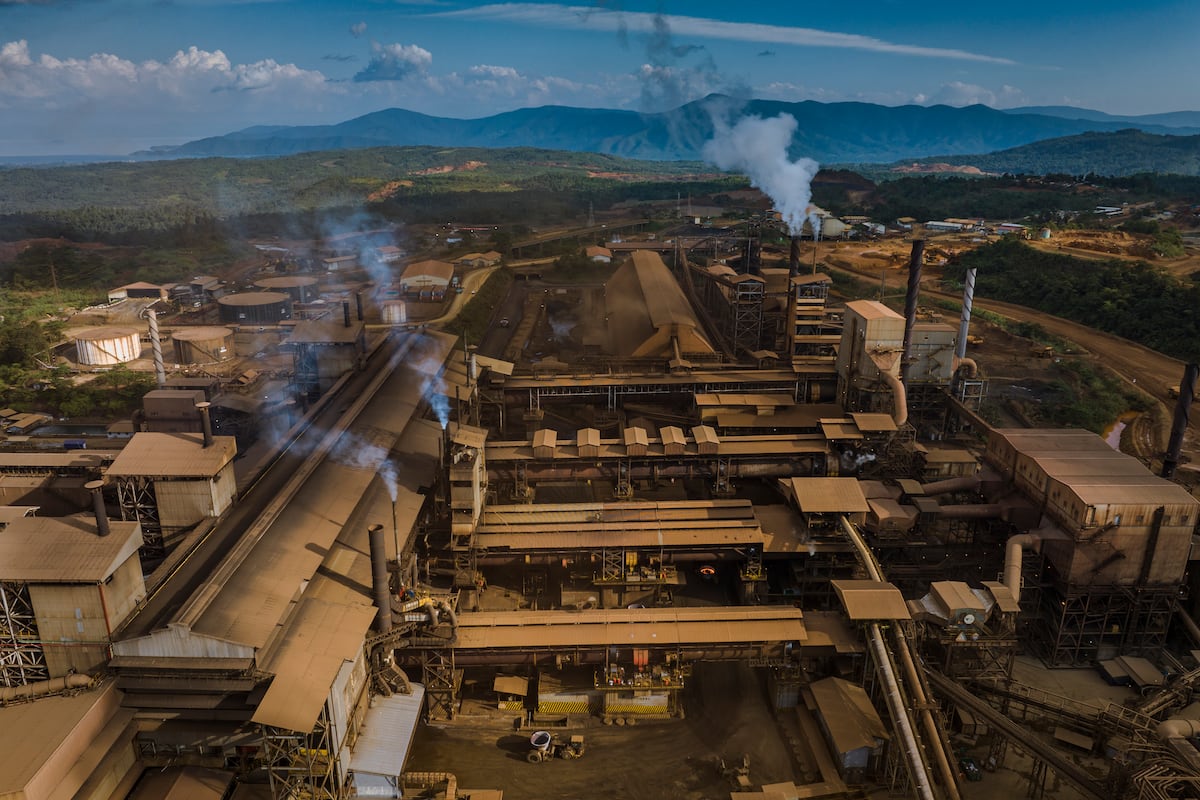
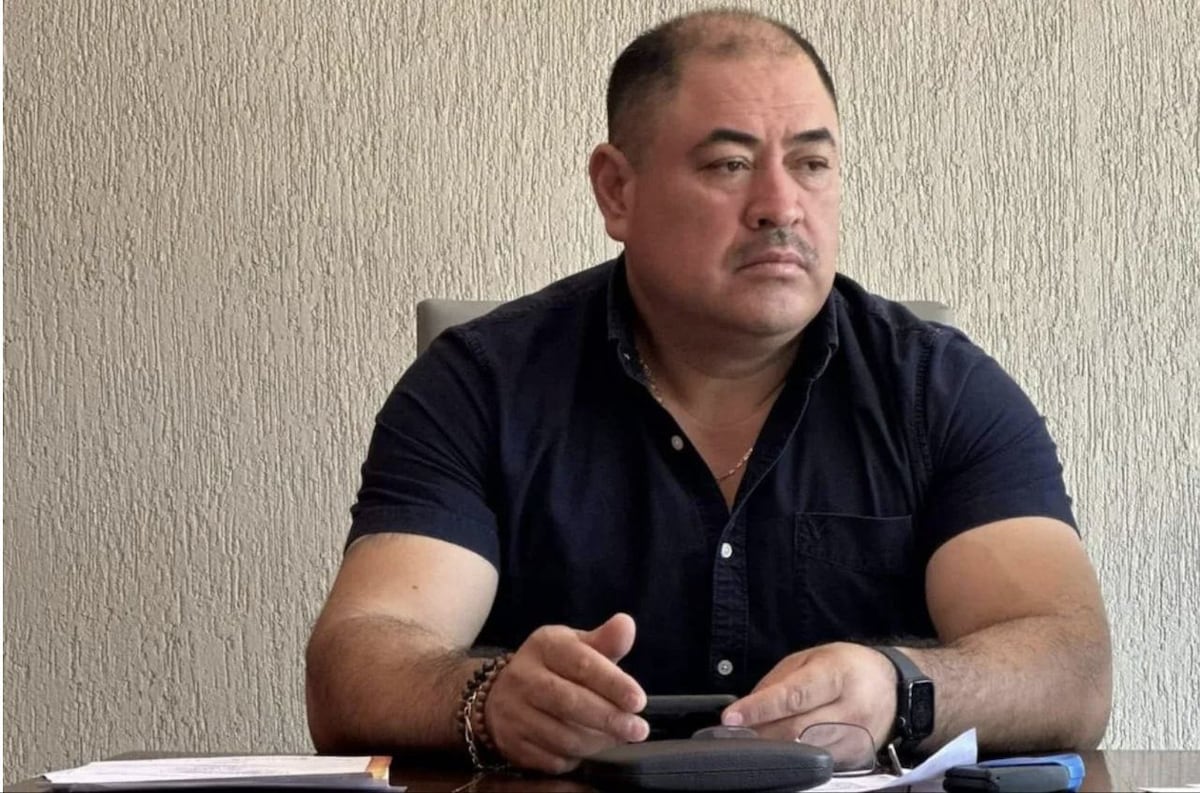

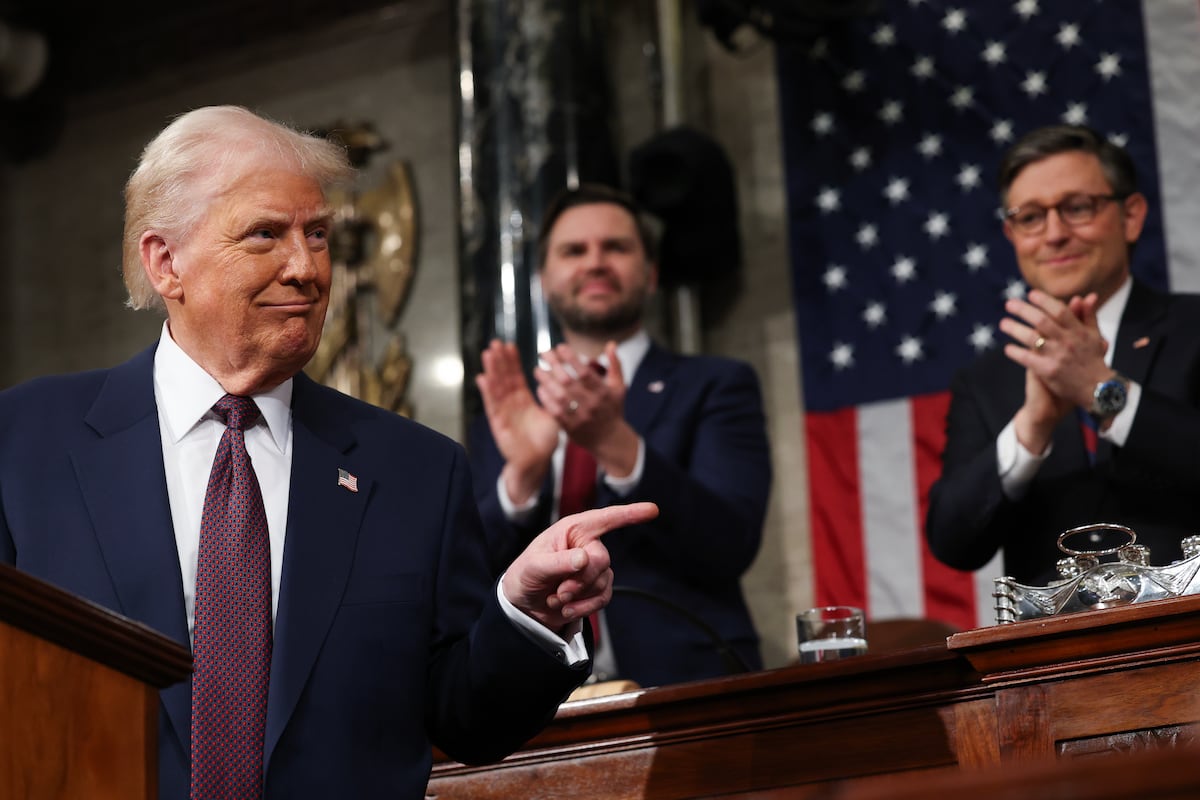


Comentarios